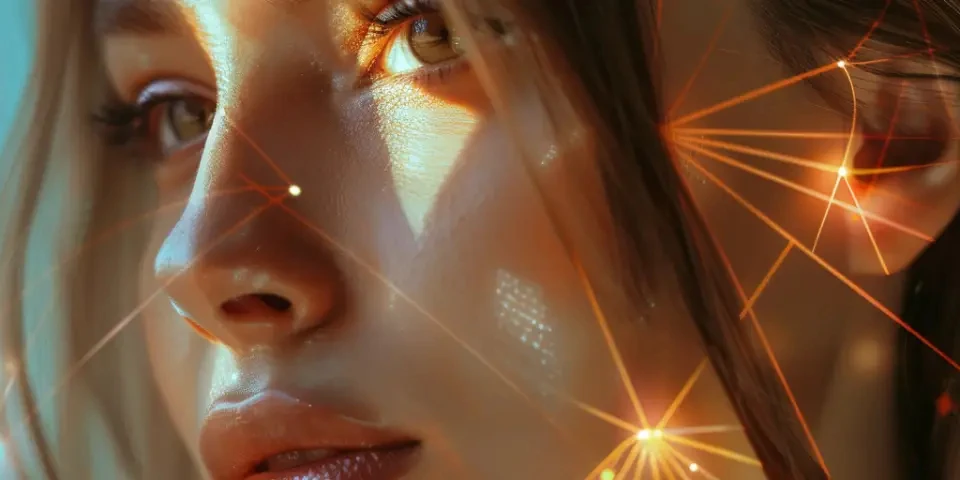Master the Art of AI with These Easy Cover Making Tips
Artificial Intelligence (AI) has revolutionized various industries, including healthcare, finance, and marketing. With its ability to analyze large amounts of data and make intelligent decisions, AI has become an essential tool for businesses and individuals alike. One area where AI can be particularly useful is cover making. Whether you are creating a book cover, album cover, or magazine cover, AI can help you design stunning and eye-catching visuals. In this article, we will provide you with easy tips and techniques to master the art of AI cover making.
1. Choose the Right AI Design Tool
When it comes to AI cover making, choosing the right design tool is crucial. There are several AI-powered graphic design tools available, such as Canva, Adobe Illustrator, and Fotor. These tools provide a wide range of pre-designed templates and AI-generated suggestions to help you create captivating covers. Additionally, they offer advanced editing features like resizing, color adjustments, and typography options.

2. Understand Your Target Audience
Before starting your cover design, it is essential to understand your target audience. Consider factors such as demographics, preferences, and trends. For example, if you are creating a book cover for a young adult novel, vibrant colors and bold typography may attract the target audience's attention. AI tools can analyze audience data and suggest design elements based on the target demographics.
3. Utilize AI-generated Ideas
AI-powered design tools utilize machine learning algorithms to generate design ideas based on your inputs. Utilize these AI-generated suggestions to explore different design concepts. You can tweak the suggestions to align with your vision or combine multiple ideas to create a unique cover. This not only saves time but also provides you with a starting point for your creative process.
4. Experiment with Color Schemes
Colors play a crucial role in cover design. Different color schemes evoke different emotions and convey specific messages. AI design tools can analyze images and suggest color palettes based on the cover's content. Experiment with different color combinations and evaluate their impact on your audience. Consider using contrasting colors to create visual interest and make your cover stand out.
5. Find the Perfect Image
Finding the perfect image for your cover can be challenging. AI tools enable you to search for images based on keywords or themes. They utilize machine vision technology to analyze images and suggest visually similar options. Additionally, you can use AI algorithms to remove backgrounds, enhance image quality, or apply filters. Make sure the image you choose aligns with your cover's message and captures the viewer's attention.
6. Optimize Typography
Typography is a crucial element of cover design. It helps convey the tone and style of your content. AI tools can analyze your cover's theme and generate typography suggestions. Experiment with different fonts, sizes, and arrangements to find the perfect combination. Ensure that the typography is legible and complements the overall design rather than overpowering it.
7. Balance Visual Elements
Creating a visually appealing cover requires a careful balance of different elements. AI tools can analyze your design and suggest adjustments to achieve visual harmony. Pay attention to the placement of images, typography, and other design elements. Use AI-generated guidelines to ensure a well-balanced composition and avoid clutter.
8. Incorporate Motion and Animation
Adding motion and animation to your cover can make it more engaging and dynamic. Some AI design tools allow you to create animated covers or add subtle motion effects to static images. Experiment with these features to create visually stunning covers that capture viewers' attention.
9. Test Multiple Versions
Creating multiple versions of your cover can help you evaluate different design ideas and gather feedback. AI tools can generate variations of your design by suggesting alternative color schemes, layouts, or typography options. Test these different versions with your target audience or colleagues to gather insights and make informed decisions.
10. Stay updated with AI advancements
The field of AI is constantly evolving, and new techniques and tools are being developed regularly. Stay updated with the latest AI advancements in the graphic design industry. Follow AI-related blogs, attend webinars, or join online communities to keep yourself informed about the latest trends and best practices in AI cover making.
Frequently Asked Questions
Q: Are AI design tools suitable for beginners?
A: Yes, AI design tools often come with user-friendly interfaces and provide step-by-step guidance, making them suitable for beginners to explore and create professional-looking covers.
Q: Can AI design tools replace human designers?
A: AI design tools are powerful assistants for designers, but they cannot completely replace human creativity and critical thinking. These tools enhance the design process, offering suggestions and automating certain tasks, but human input is still essential for creating unique and impactful covers.
Q: How much does AI design software cost?
A: The cost of AI design software varies depending on the tool and subscription plan. Some tools offer free versions with limited features, while others require a monthly or annual subscription fee for access to advanced features and premium templates.
References
1. Adobe Illustrator: https://www.adobe.com/products/illustrator.html
2. Canva: https://www.canva.com/
3. Fotor: https://www.fotor.com/
Explore your companion in WeMate